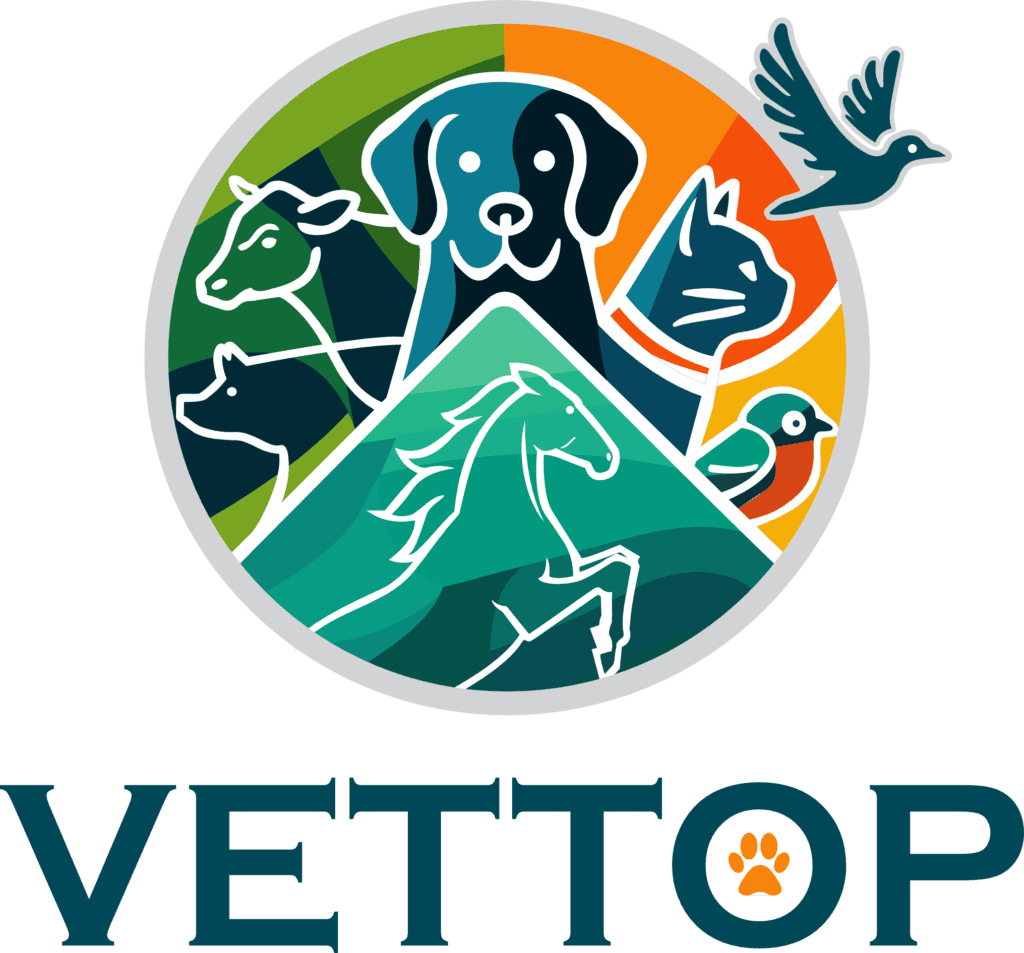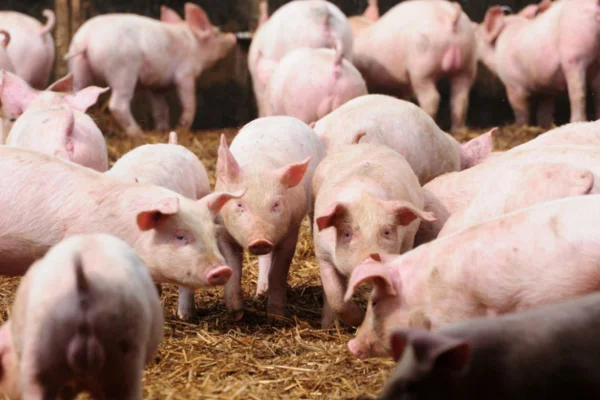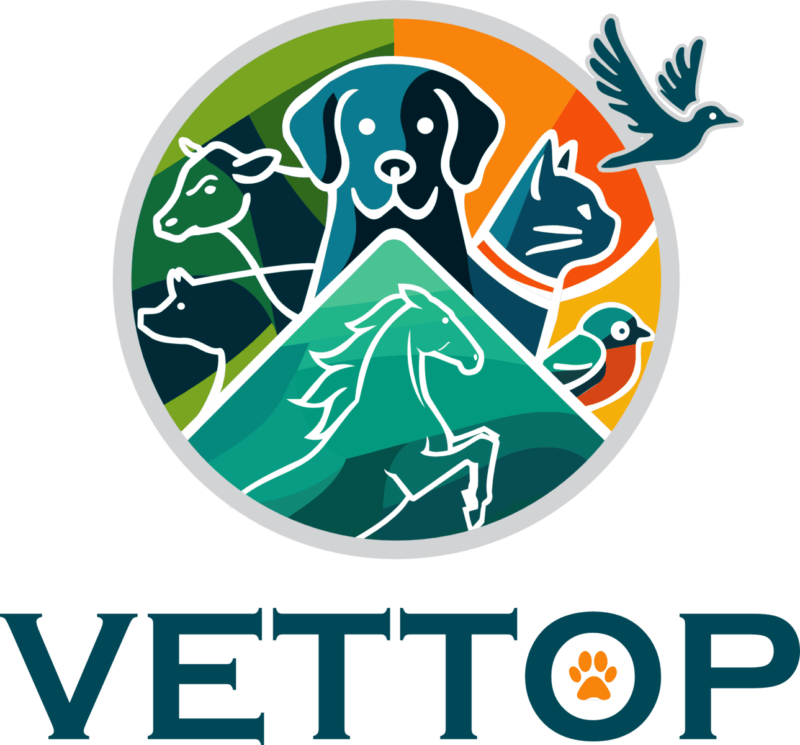Transmissible Gastroenteritis in Pigs: A Silent Threat to Swine Production
Transmissible gastroenteritis (TGE) is one of the most worrying diseases in pig farming, affecting both farmers and pigs' health. This name may sound technical and distant, but the reality is that TGE is a challenge that can cause serious economic damage and have a profound impact on pig production. In this article, we will explore in depth and in an accessible way what transmissible gastroenteritis is, how it affects pigs, its forms of transmission, diagnosis, treatment and, above all, the preventive measures that can be adopted to avoid its spread.
What is Transmissible Gastroenteritis?
Transmissible gastroenteritis is a highly contagious viral disease that affects pigs of all ages, but is especially devastating for young piglets, leading to high mortality rates. The causative agent of TGE is a coronavirus (TGEV, or porcine transmissible gastroenteritis virus) that attacks the gastrointestinal system of pigs, causing severe inflammation in the intestine. This inflammation compromises the absorption of nutrients, resulting in symptoms such as watery diarrhea, dehydration and, in more serious cases, death.
TGE was first identified in the 1940s and has been a constant concern for the pig industry ever since. Although the disease is more common in countries with large pig populations, such as the United States, Europe and China, it can appear anywhere pigs are raised, posing a global threat.
Contents

Symptoms and Impacts on Pig Health
The symptoms of TGE vary depending on the age of the pigs infected. Newborn piglets are the most vulnerable and exhibit severe symptoms, including severe diarrhea and rapid dehydration. These piglets usually die within days of the onset of symptoms, with mortality rates as high as 100% in animals less than two weeks old.
On the other hand, older pigs tend to have less severe symptoms. They may develop diarrhea, but usually recover within a week. However, recovery does not always mean a complete return to previous health. The stress caused by the infection can affect the pigs' growth and productivity, resulting in weight loss and delayed development.
In addition to the direct impact on pig health, TGE also causes significant economic losses for producers. The loss of piglets, the need to treat infected animals, the reduction in productivity and the costs associated with implementing control measures are just some of the financial consequences of this disease.
Virus Transmission and Cycle
The coronavirus responsible for TGE is highly contagious and can be transmitted in several ways. The fecal-oral route is the most common, where pigs come into contact with contaminated feces and end up ingesting the virus. The virus can also be transmitted through aerosols, contaminated water, equipment and even humans who have come into contact with infected pigs.
The virus cycle is fast and efficient. After infection, the virus multiplies rapidly in the small intestine, destroying the cells lining the intestinal tract. This leads to a loss of the ability to absorb nutrients and water, resulting in the characteristic symptoms of the disease. Viral excretion begins within a few days of infection, facilitating rapid spread between pigs on the same farm.
Diagnosis of GERD
The diagnosis of TGE is essential for controlling the disease, especially since the symptoms can be confused with other swine intestinal diseases. There are various laboratory techniques available for detecting the TGEV virus, including the polymerase chain reaction (PCR), which is highly sensitive and specific. In addition, direct immunofluorescence tests and histopathological examinations can be used to confirm the presence of the virus in intestinal tissue.
Pig farmers should be alert to the first signs of the disease and seek veterinary assistance quickly to confirm the diagnosis. This is crucial to prevent the spread of TGE within the farm and to implement the necessary control measures.

Treatment and Management of Infected Animals
Unfortunately, there is no specific antiviral treatment for TGE. Management of the disease focuses on relieving symptoms and preventing secondary complications. In cases of outbreaks, the main focus is on keeping piglets hydrated and ensuring they receive the nutrients they need to survive the critical period of infection.
The use of oral electrolyte solutions can help combat dehydration, while the provision of additional heat may be necessary to keep piglets warm and comfortable. In addition, separating infected pigs from healthy ones is essential to prevent the spread of the virus.
It is important to note that once an outbreak occurs on a farm, managing the disease can be extremely challenging. Preventive measures therefore play a vital role in protecting pig herds.
Prevention: The Key to Avoiding Outbreaks
Prevention of transmissible gastroenteritis is by far the most effective strategy for dealing with this disease. The main preventative tool is vaccination. There are vaccines available that can help protect pigs against TGE, especially breeding sows, which, when immunized, transmit passive immunity to their piglets through colostrum.
In addition to vaccination, biosecurity is crucial. Implementing strict biosecurity measures can significantly reduce the risk of introducing and spreading the TGE virus on a farm. These measures include:
- Access ControlLimiting the access of people and vehicles to the farm is essential to prevent the introduction of pathogens. All visitors must follow disinfection protocols and wear clothing and footwear exclusive to the farm.
- Isolation of young animalsNewly acquired pigs should be isolated for a period before being introduced to the existing herd. This helps to ensure that they do not bring the disease onto the farm.
- Strict hygieneRegular cleaning and disinfection of facilities, equipment and transport vehicles is essential to prevent the spread of the virus. The use of disinfectants that are effective against TGEV is recommended.
- Continuous MonitoringKeeping an active eye on the pigs' health and carrying out regular tests can help to quickly identify any signs of TGE and enable a rapid response.
- Proper NutritionEnsuring that pigs receive a balanced diet rich in nutrients can strengthen their immune system, making them less susceptible to infections.
Future prospects in the fight against GERD
Although transmissible gastroenteritis remains a threat to pig farming, advances in research and technology offer hope. Biotechnology and genetic engineering are being exploited to develop new vaccines and more effective treatments. In addition, the adoption of increasingly sophisticated biosecurity practices can help minimize the risk of outbreaks.
It is essential that pig producers keep up to date with the best practices and new technologies available to combat TGE. Continuous education and collaboration between veterinarians, researchers and pig farmers are key to protecting herd health and ensuring the sustainability of pig production.
Conclusion- Transmissible gastroenteritis
Transmissible gastroenteritis is a disease that, although silent, can cause profound damage to pig farming. Prevention is undoubtedly the best strategy to avoid the devastating impacts of this disease. Vaccination, strict biosecurity and careful management are the keys to protecting pigs and ensuring healthy and sustainable production.
Staying informed and proactive is the best way to face the challenges that TGE presents. With an informed and well-planned approach, it is possible to reduce the risk of outbreaks and minimize the damage this disease can cause to pigs and the pig industry as a whole.
Thank you for visiting us and check out our other work








